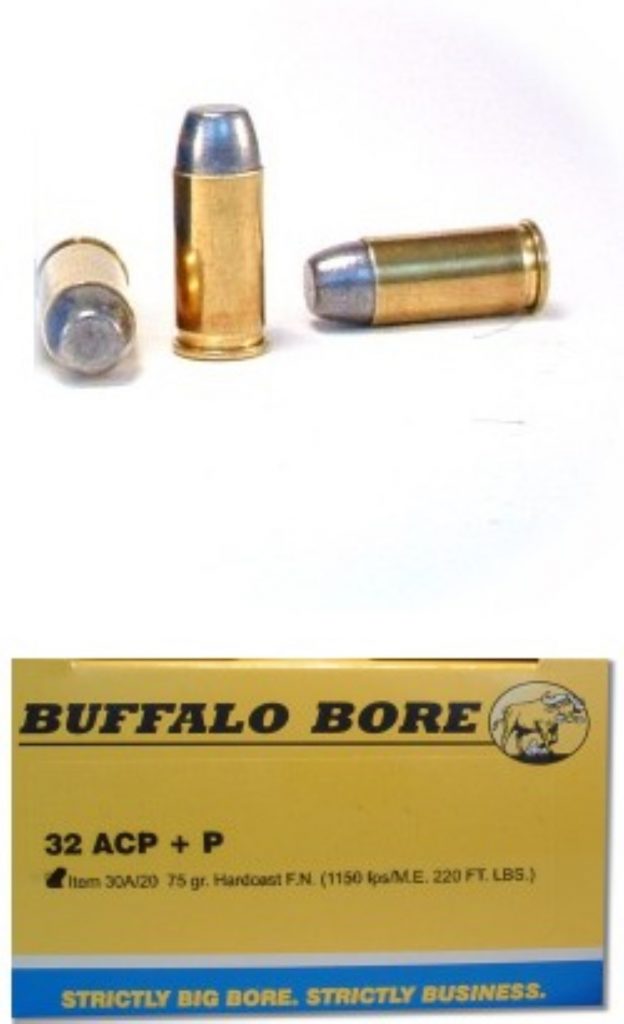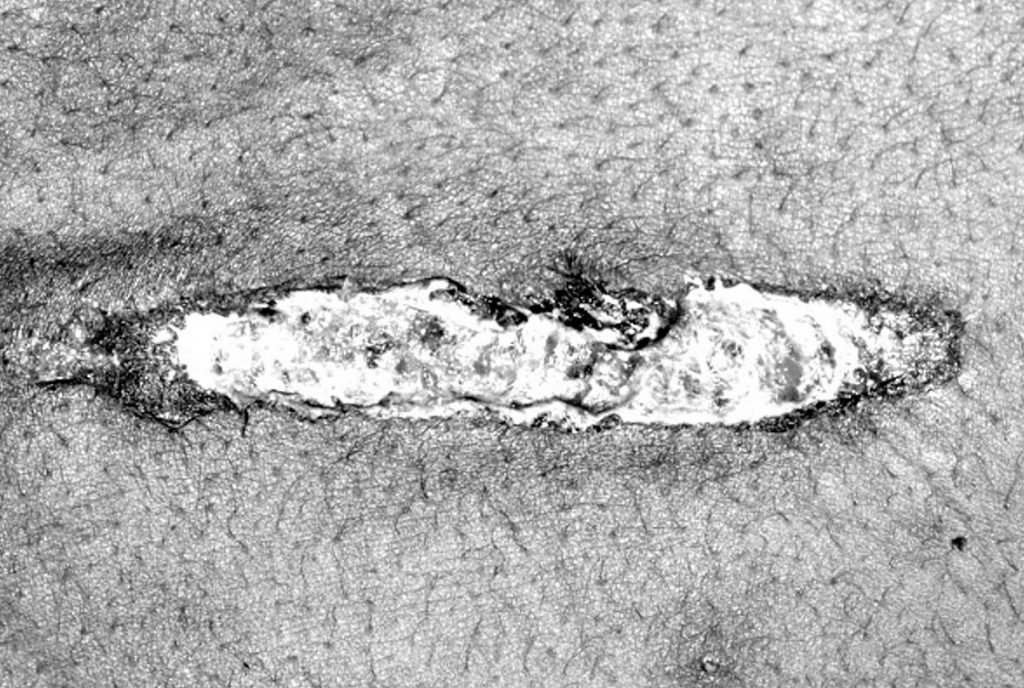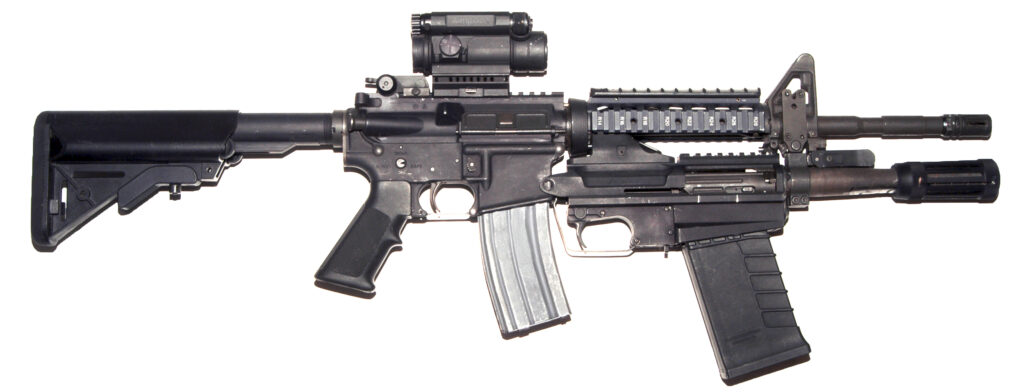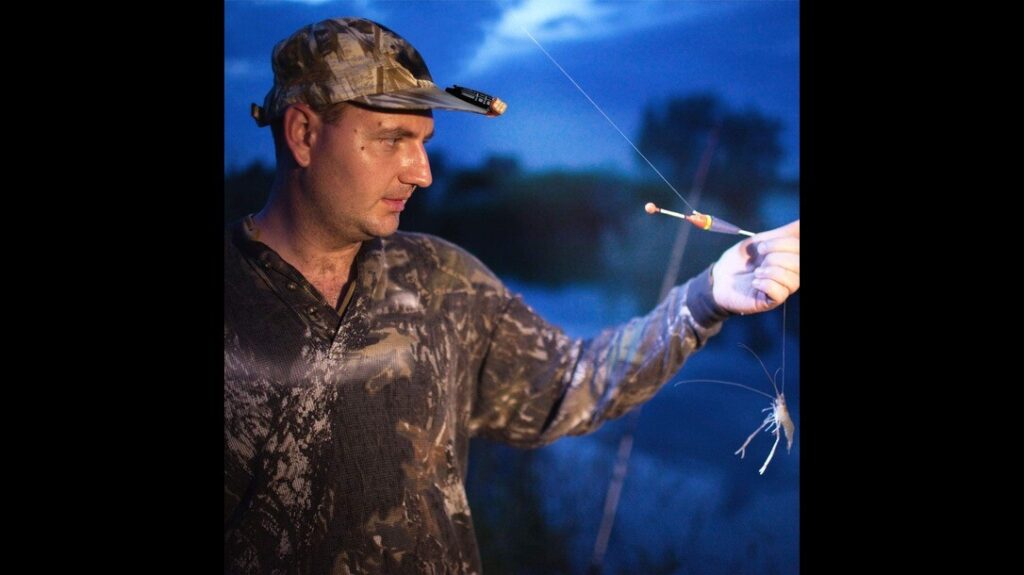Wound ballistics are an interesting study. I will state forcefully that lab results in carefully detailed experiments show the differences in calibers and load much more exactly than studying human wounds. The study of gunshot wounds is beneficial but not easily repeatable. We have lab results and then we have the magical world of ‘shooting histories’. These so called stopping power studies- if the events took place at all- are a product of the imagination in most cases. They are conducted by rascals to impress fools for the most part to quote Colonel Cooper. Some even claimed to shoot goats in a controlled test. Secret sources are highly suspect! Most so called studies do not have the valid elements to be included in a small town traffic court as testimony. I am going to illustrate some of the more interesting cases I ran across and studied to illustrate the randomness of wound ballistic study. As an aside- as a young officer I attended quite a few autopsies. Some were well conducted, others were quite crude. The object was more to retrieve the bullet for examination than to discover what type of damage was done.
On one occasion my cousin, a chief of police, and I had left the morgue after a morning autopsy. I was a patrol lieutenant at the time. There is a reason that the stiffs are kept cold. The smell is overpowering. The smell as you enter a prison or a mental ward is often over powering, but the smell of a morgue is perhaps the most unforgettable. We were attending to lunch when a nearby patron went to the manager and complained of a bad smell. Perhaps the trash needed to be emptied. My cousin looked at me and said ‘My God it is us!’ We quickly finished our meal and left. Some smells linger.

Advertisement — Continue Reading Below
I once attempted to make sense of a case from about 1880. The doctor reported a handgun ‘worth about sixteen dollars’ had been used. The bullet entered the chest, struck the heart, and caused immediate death. The bullet had penetrated about eight inches. Nothing further. That is worthless information. The wound appeared to be from a .31 caliber black powder revolver. Another detailed look at a famous case yielded more information. An assassin had fired two shots with a Browning 1910 .380 ACP pistol. This isn’t the easiest pistol to use well. I have fired one of these well made little handguns. The recoil is more than you would expect and the sights are just a groove in the top strap. The accuracy of the shooter was surprising. The two quick shots struck the man in the throat killing him. His wife was struck in the abdomen causing almost immediate death. Archduke Ferdinand was dead and so began World War One.
The gangster era showed that men can take a lot of shooting and keep going. Some were riddled into a sieve and finally succumbed. The era of 1945 to 1950 also yielded detailed results. In two cases that occurred within a few month of the other I isolated incidents in which the .32 ACP cartridge performed far above expectation. Yet each examination was very well detailed. In fact they had to be as one was politically important and the other resulted in a murder trail in which three people were executed. In the first the entire Sheriff’s department of a rural southern county was wiped out- the Sheriff and his sole deputy. They were serving a murder warrant on a man and women. The house was crowded with relatives. The two lawmen were waiting in a large common room. The woman was in the kitchen with relatives. We studied this case as I earned my degree in Criminal Justice as the wrong way to serve a warrant. The man to be arrested was allowed to go into the bedroom alone to change clothes.

Advertisement — Continue Reading Below
As the lawmen waited a field hand- and another cousin-came into the home through the kitchen. He had in hand a .410 bore shotgun. He fired at the deputy. The deputy stood in the middle of the common room. The deputy was struck in the left arm with birdshot at less than twenty feet. According to the autopsy the wound was ‘slight’ with little penetration. The deputy drew is .38 and fired. The attacker was struck twice- load unspecified- and dropped. He lived. Meanwhile the man in the bedroom had armed himself with a Colt .32 ACP pistol. At less than twenty feet he fired and stuck the Sheriff in the face instantly killing him. A second shot struck the deputy in the abdomen. The deputy shot the shooter in the stomach, dropping him. He lived. The deputy survived long enough to give a detailed account of the shooting. He went into surgery with the doctor giving his family high hopes for recovery, but died on the operating table. Two lawmen killed with a single shot each from a .32 ACP and two shooters survived .38 hits.
Another case was extremely well documented as to the events and the wound. A noted Japanese war criminal was to be arrested outside Tokyo. He refused entry when Army Military Intelligence arrived at his home outside Tokyo. The man had lost much face due to his conduct of the war. His failed suicide attempt would cause him to be ridiculed in Japan as his hari kari was unsuccessful. He shot himself with a Colt .32 ACP pistol. The Colt has been ordered in large numbers by Japanese officers prior to World War Two. Light, reliable and about as powerful as the 8mm Nambu service pistol the Colt was a common pistol in Japan. The officer did not use a sword as honor demanded and neither did he use the pistol to its best effect. He placed the Colt muzzle in a position on his body where the ceremonial sword cut should have begun. The shot rendered him unconscious and helpless, the bullet traveling through his body and exiting. The bullet missed the heart. There was great blood loss and the opening on his back was a measured six inches long and narrow on the other axis.

Advertisement — Continue Reading Below
The intelligence men knocked the door down. A doctor was summoned and would only render first aid. At the hospital surgery was performed and the man lived. Uncharacteristically humble he told the doctor why bother I am a dead man. He lived long enough – three more years- and recovered, then was tried and hung for war crimes. So died Hediki Tojo. These incidents are interesting. Let the editor know if you find these interesting. I have many more.















